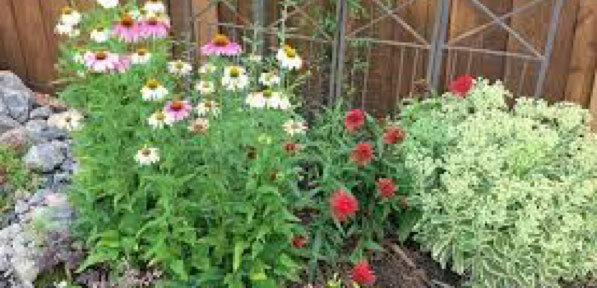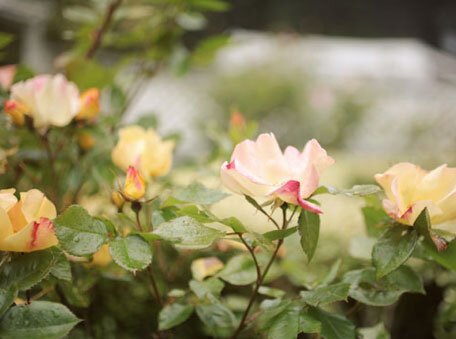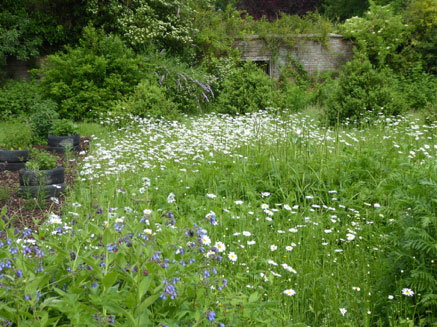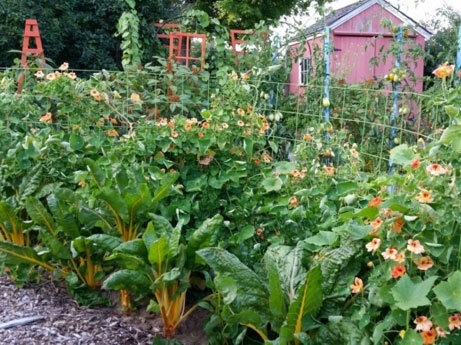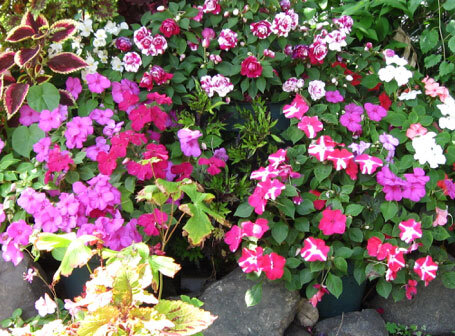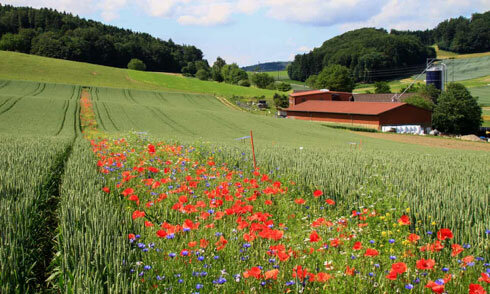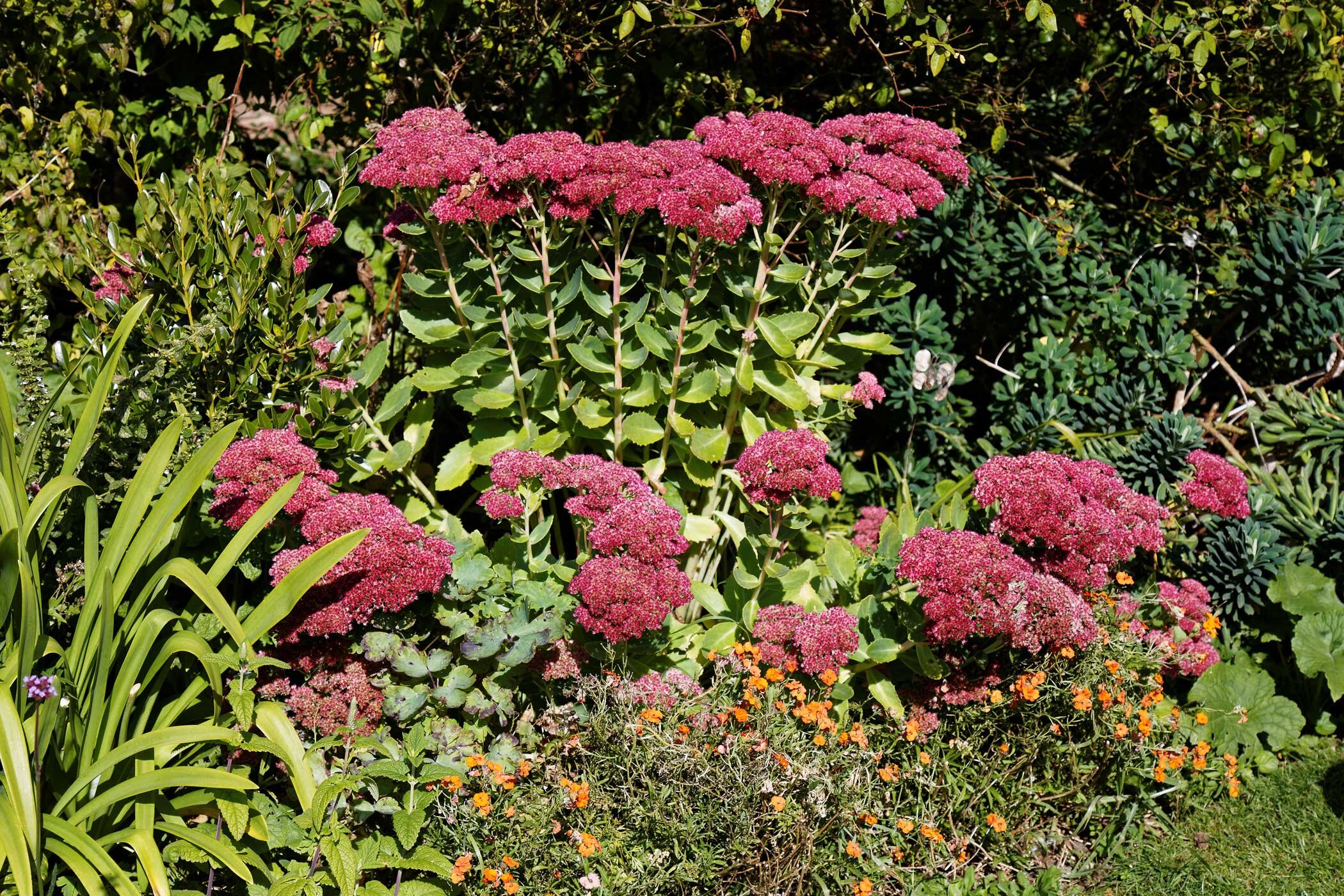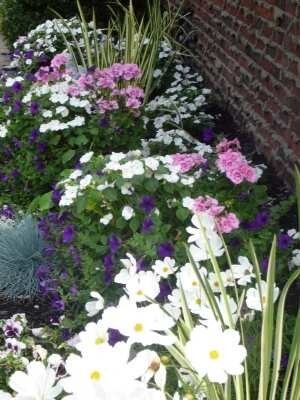pro-pollinator planting
Feeding Local Pollinators is Possible at Any Size
Doorstep flowerpots, a tree between a sidewalk and the street, a border of herbs and flowers, a full backyard garden, a front lawn replaced by herbs and veggies, or acres of sustainably farmed vegetables. Garden spaces come in every size.
The core principle of supporting pollinators is simple: the more flowers the more bees. And butterflies, and hummingbirds, and all wildlife.
Yes, it matters which flowers. That is a core challenge. Ideally your garden will have bee attractive blooms for the entire “bee year” of your locale. Here in coastal Northern California, that’s February to November.
Wherever you are, choose your plants thoughtfully. And with a plan to achieve the necessary diversity.
Bee Gardens Come in All Sizes
Pro-Pollinator Planting
Start with Native Plants
Bee-Friendly Plant Guide
Bee Gardens Come in All Styles
Benefits of a Bee Garden
Colorful floral blooms through the seasons.
Improves quality and size of flowers.
Improves quality, size, and flavor of vegetables.
Increases quantity of flowers and vegetables.
Reduces pests by attracting beneficial insects.
Characteristics of a Bee Garden
1) Use a variety of multi-seasonal blooms throughout the “Bee Year”
February to November in coastal Mendocino
Varied floral colors and shapes
Bees are attracted to purple, violet, blue, yellow and white flowers, in that order.
Bees are not attracted to red; they see it as black.
Hummingbirds and butterflies are attracted by red.
Bees have remarkable eyesight which enables them to immediately identify what they are looking for.
Learn more in this magazine article from Bee Culture.
Large color blocks
Plant in masses for efficient pollen collection.
Sunny areas are most attractive.
Vertically climbing plants
Climbing plants are easy for bees to access.
Companion planting
Use plant relationships and known preferences—or dislikes—to intermix herbs and flowers and to create complementary relationships. This is especially effective growing vegetables.
Improves plant vigor, deter pests, and attract beneficial insects.
Use heritage plant varieties
Bees and flowers have evolved in tandem, so bees prefer non-hybrid plants.
Fruit trees
Even a dwarf fruit tree in a pot serves as a great food source for bees.
2) Make sure your flowers collectively provide both pollen and nectar
Not all flowers have both pollen and nectar.
Many flowering herbs (basil, Mediterranean perennials) and vegetables (melons, squash, beans, chives)—as well as ‘weeds’ such as dandelions—are good sources of pollen and/or nectar.
Our planting guide identifies which plants offer which food sources for bees.
3) Make sure bees have water
A good bee bath will have platforms of rocks or wood from which bees can safely access the water.
4) Make sure bees have access to potential nesting sites
Provide areas of undisturbed ground and vegetation for ground nesting.
Consider installing a homemade or purchased bee hotel for cavity nesters.
5) Do not use pesticides in your garden
Even some organic mixtures can harm insects.



